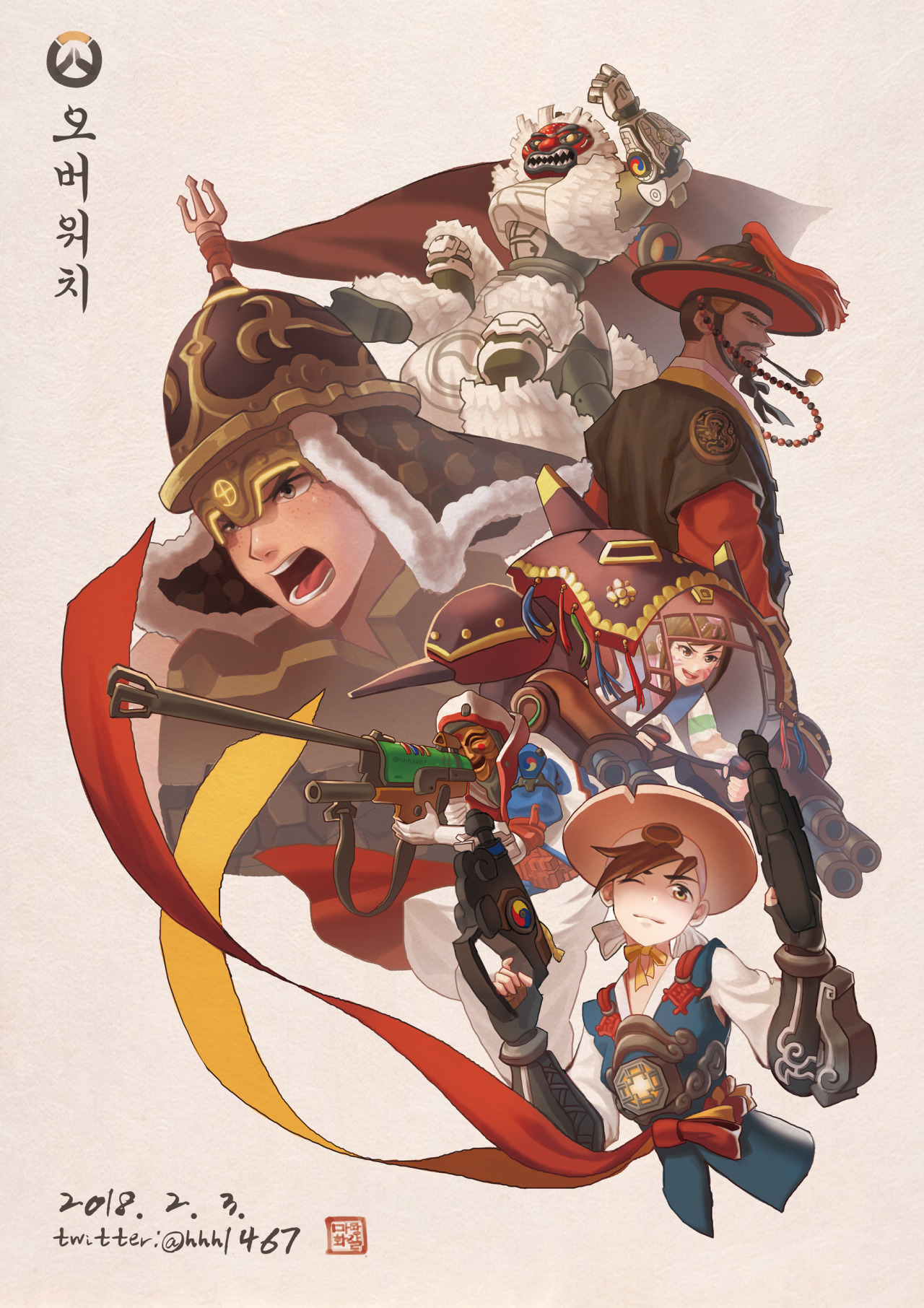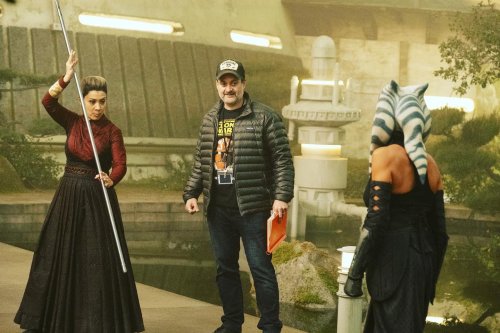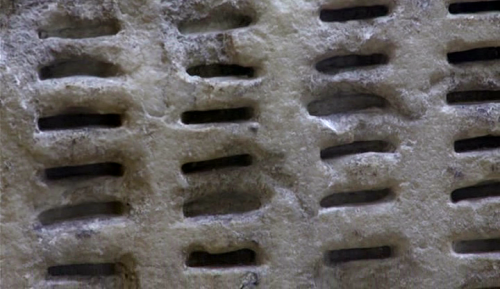#magistrate
Portrait of judge Vicente José de Sousa Magalhães (d. 1785) — João Glama Ströberle (attributed), 18th century (Museu da Misericórdia do Porto)
Post link


overwatch lunar new year! korea traditional skin fanart!
Ancient Worlds - BBC Two
Episode 3 “The Greek Thing”
AKleroterion was an allotment machine used to assign the duty of jury to ancient Athenian citizens. It was also used to nominate the city magistrates.
Pictures: marble kleroterion from the Museum of the Ancient Agora (Stoa of Atalos), third Century BC. Now only a part of it remains and it was probably used as follows: On the day a trial was to be held, the potential juror would appear before the magistrate in charge of the allotment who was stationed at one of these machines. At the base of the kleroterion were ten baskets, one for each of the ten tribes of Athens (phylai). In each hole were inserted small bronze tablets, pinakia(pictures n. 4,5), bearing the names of the juror’s tribe. When it was time to allot jurors to courts, the magistrate would take the pinakia from the first tribal basket and put them into the first vertical row of slots in the machine, the pinakia from the second basket into the second row, and so on until he had placed all the pinakia into slots. Along the side of the machine was a hollow bronze tube, with a funnel at the top and a crank at the bottom. Into the funnel the magistrate poured a mixture of white and black marbles, which would line up in the tube in random order. A turn of the crank at the bottom produced a single ball. If it was white, the ten citizens (one from each tribe) whose pinakia were set into the first horizontal row would be assigned to the jury for that day and would proceed at once to the court. If it was a black ball, all citizens whose pinakia were in that row were dismissed for the day. The procedure continued until when they got the number of juries needed.
This system was used to ensure absolute randomness in the allocation of particularly important civic positions and it was adopted to avoid the corruption of the jury, and to have equal number of juries from each tribe. According to Aristotle, a pair of kleroteria stood at the entrance to each court
The Stoa of Attalos -Museum of the Ancient Agora-, Athens, Greece
Post link







